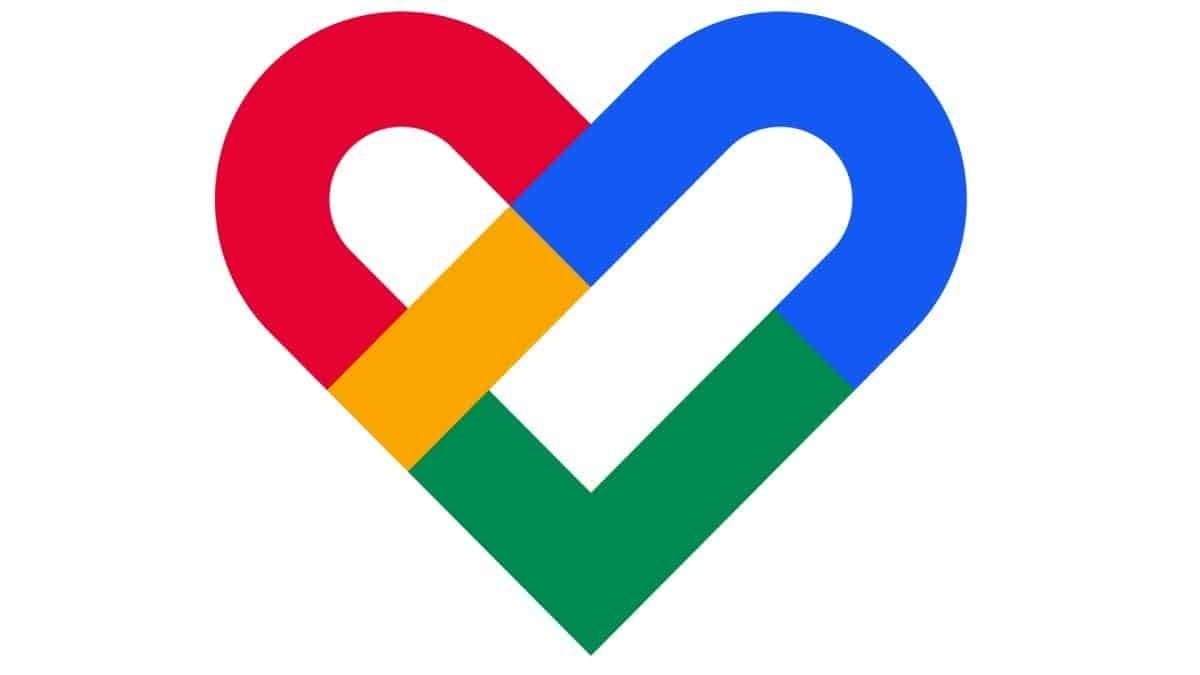All you need to know about Google Fit

Google fit brings out features of a Smartwatch on your Smartphone.
Earlier, Samsung smartphones had a feature which was used to measure your heart rate by placing your finger on a sensor on the back of the phone. However, that feature died down which the emerging technology of smartwatches; However, Google has brought back the similar feature with a few extra additions and update without adding any extra hardware to your smartphone.
To use this feature, the user must use their smartphone camera to measure heart rate, which is determined by your blood flow, you will be required to place your finger on your phone’s camera lens. Using “powerful sensors and advances in computer vision”, the camera can spot small changes in the colour of your finger. Similarly, to measure the respiratory rate, which is a measurement of the rate at which breathing occurs. You would position yourself using your front-facing camera, which can detect even the minute movements in your chest as you breathe in and out.
Google Fit measure the number of breaths the user takes per minute by using the Android device’s front-facing camera. The phone needs to be leaned on a “stable surface so that you can comfortably see yourself from the waist up.” It needs to have a clear, unobstructed view of your head and upper torso.
Users are then taken to a fullscreen UI with a live feed marking your face and chest, while instructions above tell you to breathe normally and “Hold still” as a circular indicator notes progress. Once complete, “Your results” appear on the next screen, with the recently revamped Google Fit Home feed featuring a new card that shows average RPM over the course of the past week. To start another session, there is a ‘plus’ button in the top-right corner.
Google is measuring your respiratory rate by detecting small changes in your chest. The s advances in computer vision make it possible to “track tiny physical signals at the pixel level.”
None of the two features requires an internet connection to work.
The company has completed initial clinical studies to validate these features.


